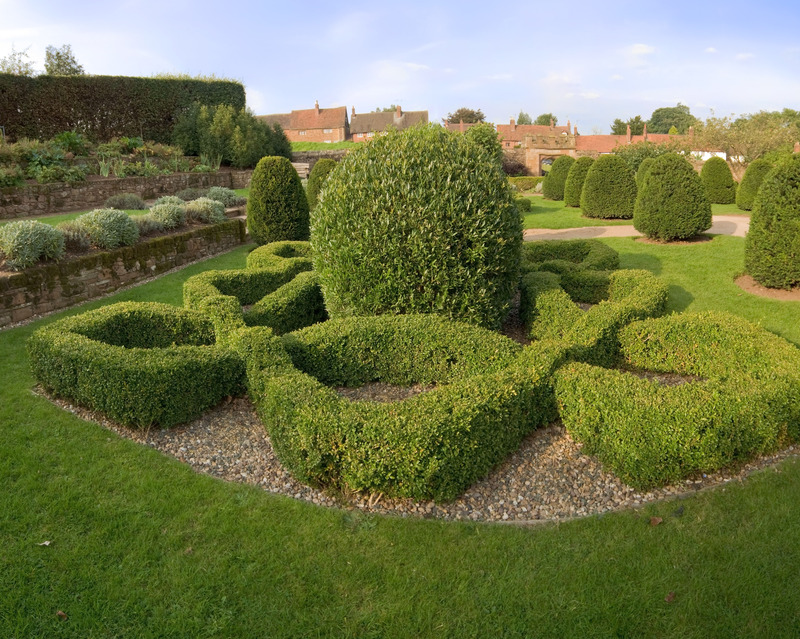The Intricate Science of Wimbledon's Green Grass Courts
Posted on 21/08/2024
Wimbledon, the oldest tennis tournament in the world, is renowned for its lush green grass courts. This prestigious event encapsulates not only the pinnacle of tennis but also the intricate science behind maintaining its famed courts. In this article, we shall delve into the meticulous care and science that ensures Wimbledon's grass courts remain in impeccable condition year after year.
The History of Wimbledon's Grass Courts
The Wimbledon Championships, established in 1877, have always been played on grass courts. Grass as a playing surface is unique to Wimbledon, making it a distinctive element of the tournament. The turf's condition has evolved dramatically over the years, with advances in technology and agronomy providing more precise care and maintenance.

The Grass Type: Perennial Ryegrass
The lush grass at Wimbledon is primarily Perennial Ryegrass, which is known for its durability and fine texture. This specific type of grass was selected after extensive research to find a variety that could withstand the rigors of professional tennis play, while also regenerating quickly between matches.
Soil Composition and Drainage
The foundation of Wimbledon's courts lies in the soil composition and efficient drainage systems. The soil mix, which includes a mix of sand and loam, ensures that the surface remains firm yet resilient. Efficient drainage systems prevent waterlogging by promoting swift water movement away from the surface, ensuring matches can continue irrespective of rain.
Maintenance Techniques and Schedules
Maintaining these courts is a year-long effort that involves a variety of meticulous techniques:
- Mowing: The grass is mowed daily during the tournament, maintaining a height of 8mm.
- Watering: Precision watering systems ensure the grass receives adequate moisture without becoming waterlogged.
- Fertilization: Balanced nutrient application keeps the grass healthy and green.
- Aeration: Regular aeration practices prevent soil compaction and promote grass root health.
The Role of Technology
Modern technology significantly contributes to the maintenance of Wimbledon's grass courts. Tools such as GPS-guided mowers, moisture sensors, and weather forecasting systems allow the ground staff to make informed decisions about court care with precision. These technologies ensure optimal grass health and playing conditions.
Impact on Gameplay
The conditions of the grass courts profoundly impact gameplay. Grass courts typically produce a faster game with a lower bounce compared to clay or hard courts. This influences players' strategies, with serve-and-volley players often having an advantage. The continuous care of the grass ensures consistent playing conditions throughout the tournament.
Pros and Cons of Grass Courts
Pros:
- Fast gameplay that favors aggressive playstyles.
- Lower impact on players' joints compared to hard courts.
- Unique surface that adds variety to the sport.
Cons:
- High maintenance requirements and costs.
- Susceptibility to weather conditions, especially rain.
- Shorter playing seasons due to grass dormancy in winter.
Tips for Grass Court Maintenance
- Ensure precise and regular mowing to maintain grass height.
- Utilize efficient drainage systems to prevent waterlogging.
- Implement balanced fertilization practices to sustain grass health.
- Employ modern technologies like moisture sensors for optimal care.

Takeaways
The maintenance of Wimbledon's grass courts is a blend of art and science. The use of advanced technologies, alongside traditional care techniques, underpins the luxury and quality of the Wimbledon Championships. The meticulous upkeep ensures the courts stay green and playable, contributing to the tournament's global reputation.
Conclusion
Wimbledon's green grass courts are a testament to the fabulous intersection of sport and science. The detailed care regime ensures the courts remain in optimal condition, providing a unique and revered playing surface that has excited and challenged tennis players for over a century. Understanding the intricacies of the grass court maintenance reflects the dedication and passion necessary to keep Wimbledon at the pinnacle of tennis excellence.



